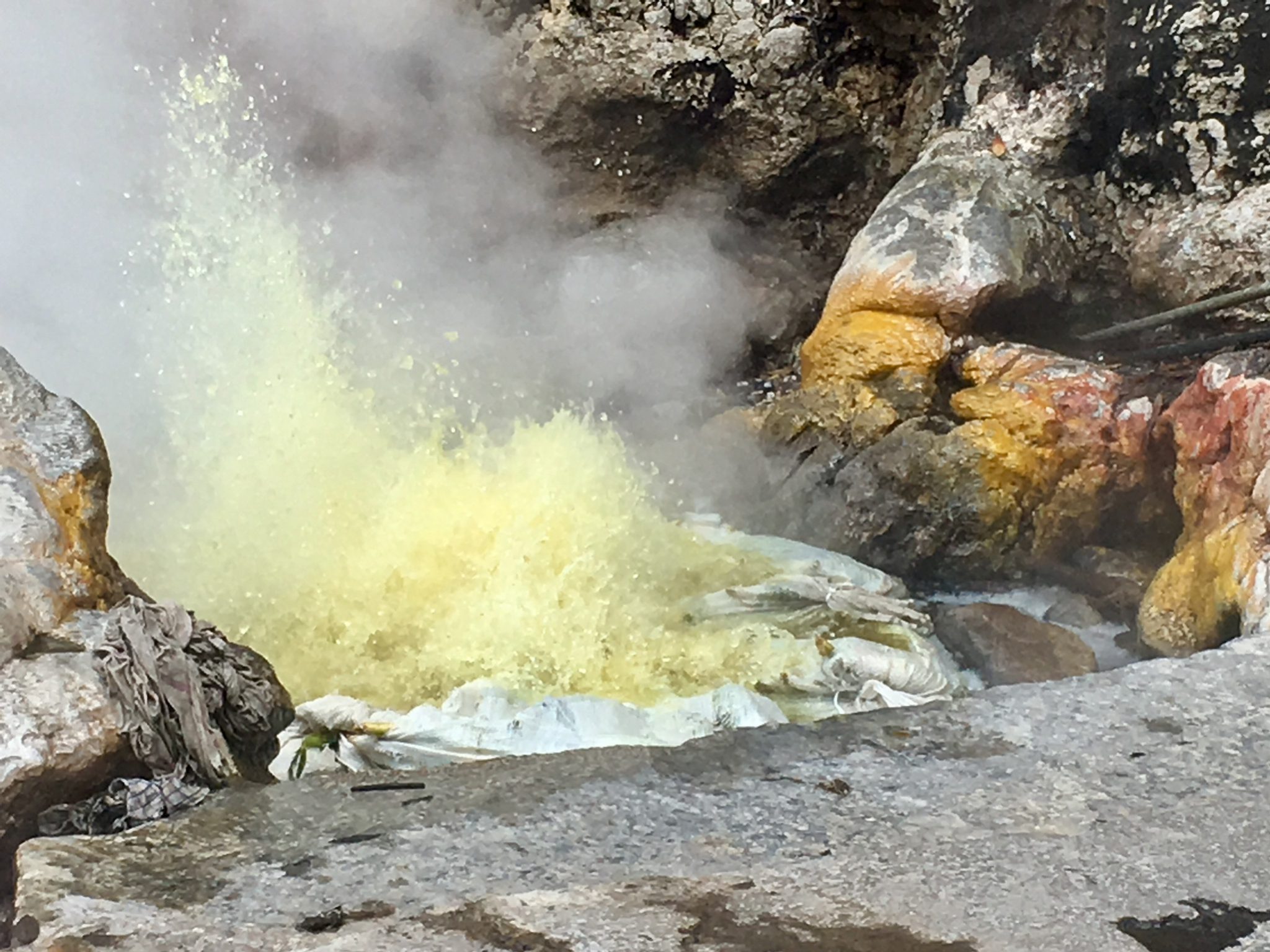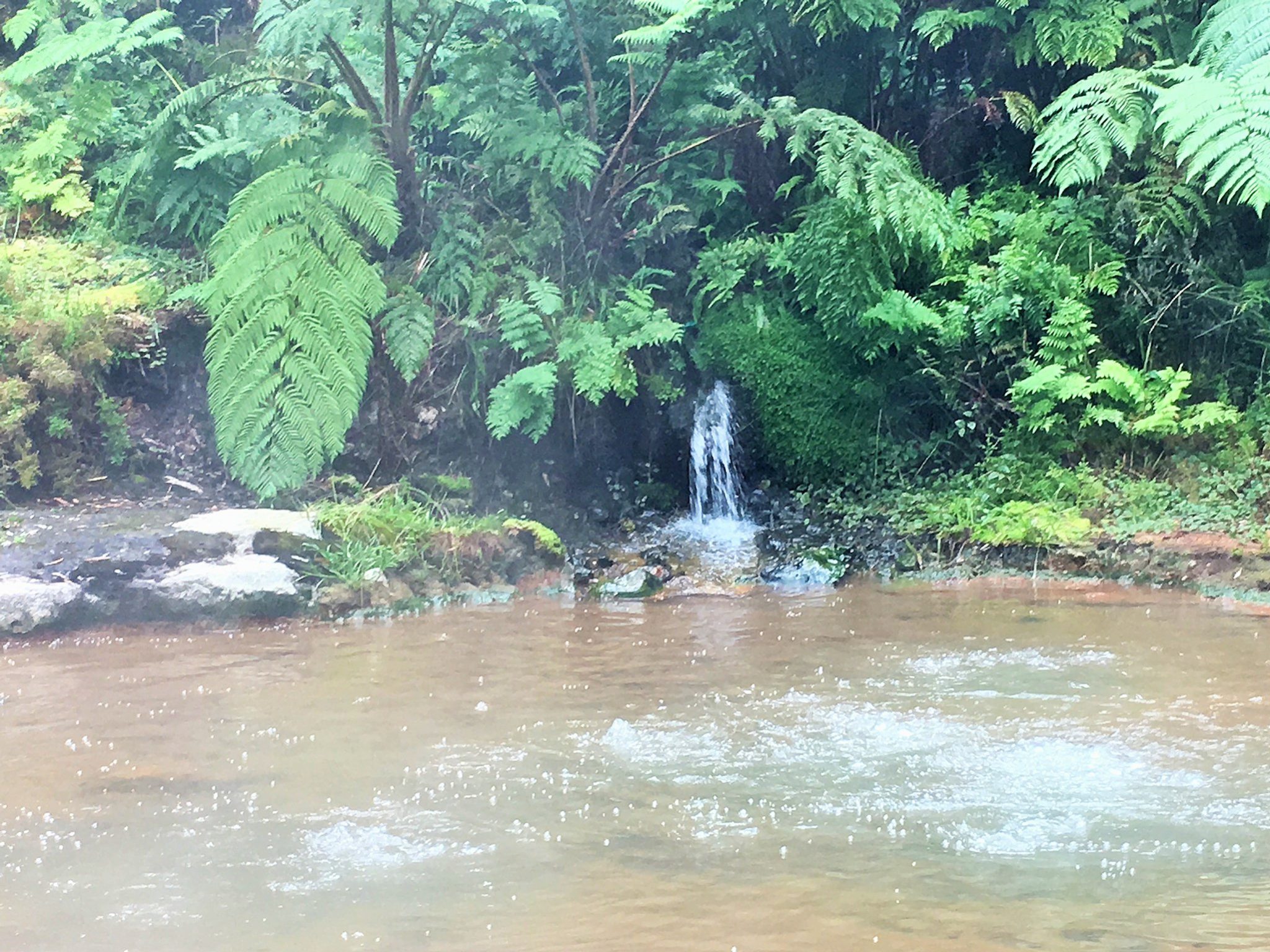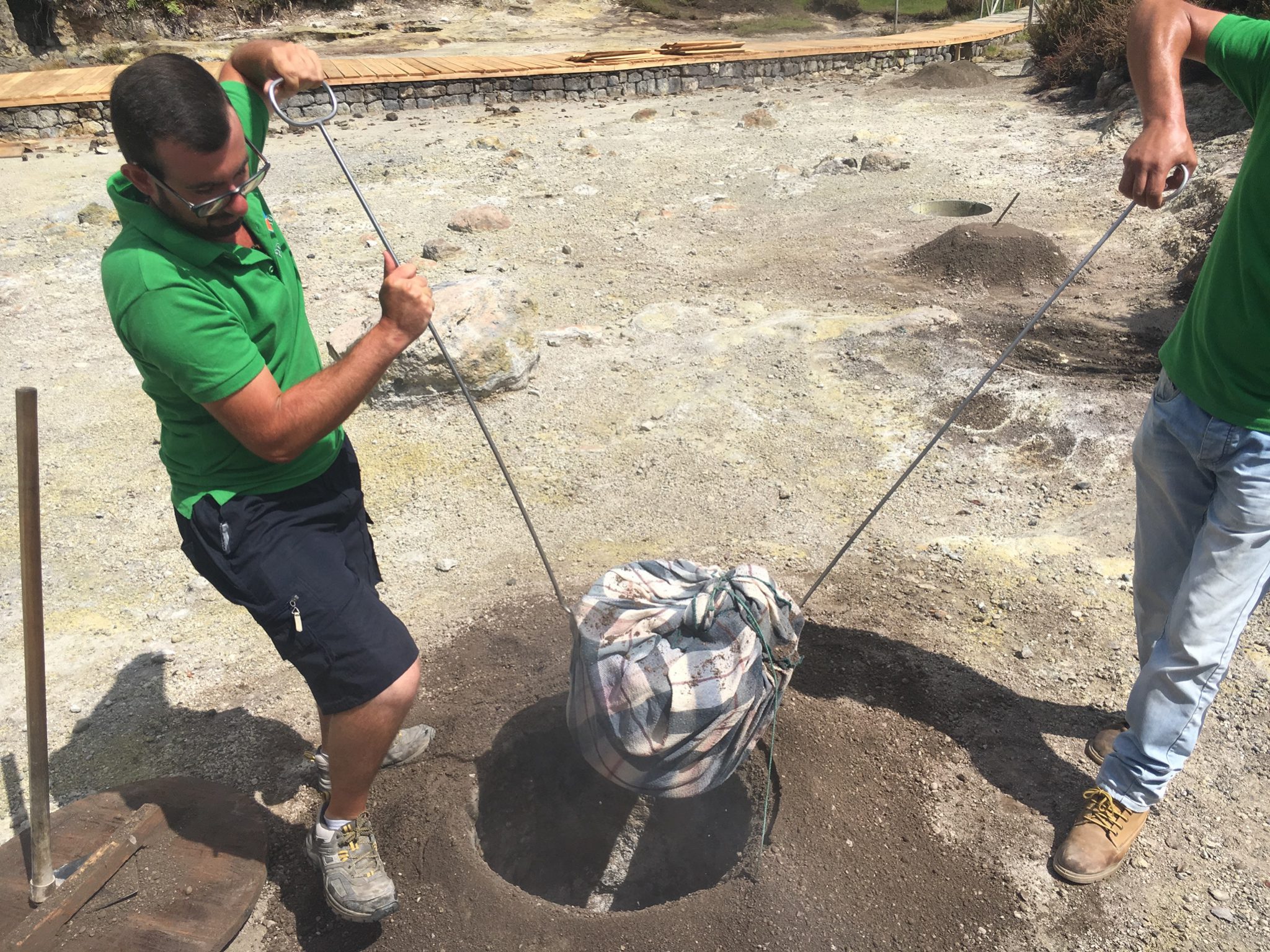
Most people still know very little about this far flung archipelago in the middle of the Atlantic Ocean. To help acquaint yourself with all things Azorean, here are some enticing features that’ll have you wondering why you’ve waited so long to visit.
Geographical wonders abound
Evidence of the island’s volcanic origins are everywhere: from central volcanoes, lake filled calderas, lava flows, pumice and ash deposits, fumaroles, hot springs and thermal pools.
Every bend in the road reveals a jaw dropping view
Whether it’s the verdant vegetation covering almost every inch of the landscape, the black sand beaches, lush green pastures, precipitous cliffs, vast craters or glimmering lakes, the pristine landscape appears untouched by human forces and is a nature lover’s paradise.

“You can see four seasons in one day”
A favourite local saying is testament to the ever changing weather, something you might expect from an island location surrounded by the Atlantic. Don’t let this be a deterrent as the Azores are graced with a year round mild climate influenced by the warm Gulf Stream.
The average winter temperature is 13°C, whilst summer averages temperatures of about 23°C. All that greenery doesn’t come without a bit of rain and whilst rain does fall in every month, it will often clear throughout the day, having treated you to a rainbow spectacular in the meantime.
It’s not the new Iceland
Both are stunningly beautiful destinations, but it seems unfair to compare the Azores with Iceland, or any other location for that matter. There’s something very special about this archipelago that makes it totally unique.
Perhaps one distinction worth mentioning is the low cost of living, meaning your Euros will definitely go further. The landscape of the Azores has an unspoiled tropical vibe, remaining untouched by mass tourism. It’s easy to imagine you’re Indiana Jones stumbling on to a new discovery or have somehow managed to wander onto the next Jurassic Park movie set (minus the deadly dinosaurs).

Unique culture and traditions
The islands have inherited many customs from their 15th century Portuguese settlers, but their geographic isolation has resulted in some unique regional distinctions. Numerous religious traditions owe their origin to the frequent earthquakes and volcanic eruptions, and celebrations and festivals are common place.
The architecture makes use of the island’s raw materials; whitewashed buildings framed with black basalt rock and streets composed of cobbled stones and patterned with mosaics. Menus are a celebration of local produce – be it cheese, fresh sea food, beef or pineapple – and traditional cooking techniques use underground heat to produce a dish typical of the Azores known as “Cozido das Furnas”.

A sustainable destination
The islands have a low level of development, with only 5% of the land being urbanised. Much of the landscape and natural habitats are protected and conservation, both on land and sea, is taken seriously.
The islands joined UNESCO’s Global Geopark Network to promote and protect their geological heritage and encourage sustainable development. There’s been active investment in renewable energy, harnessing geothermal heat, hydroelectric power and wind, with a clear focus on working towards a low carbon economy. The Azores were also the world’s first destination to be awarded the Platinum Quality Coast Award for sustainable tourism.
If you’re a fan of wild landscapes, open seas and big skies, this is the place for you. Find out more about what the Azores can offer your students by contacting our team.
Want to hear more? Watch this space as tomorrow I’ll be sharing what you can expect on the island of Sao Miguel, the largest and most populous of the nine islands of the Azores.

Catherine Rule
Geography Tours Development Manager
